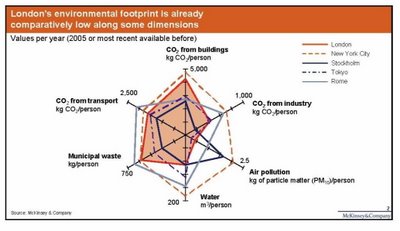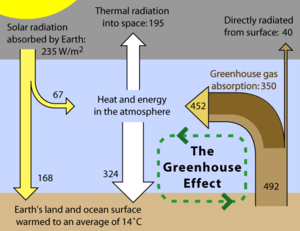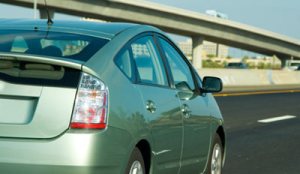Also discussed here: Sprawl Breeds Sprawl (Angie Schmitt, Streetsblog, Feb 8, 2011)
Today’s article looks objectively at what causes sprawl (development and freeway adjacent) and what discourages it (mixed use development) and recommends that environmental assessments examine these factors. The importance of curtailing sprawl and the resulting growth in commuting traffic and downtown congestion and foul air cannot be understated.

Key Quotes
“evidence of a positive association between large residential subdivision events and an increased likelihood of subsequent subdivision activity.”
“adding one large subdivision event within one-quarter mile of the parcel in the previous period was associated with a 42 percent increase in the odds of the parcel subdividing.”
“In other words, we’re much more likely to see a new subdivision cropping up near a recently built one than we are to see it where there has been no previous development”
“factors that increased the likelihood of new development, including being near the I-485 freeway, being near a rail corridor, and being near demolition activity but none of these was as influential as being near previous development.”
“the presence of mixed-use development decreases the likelihood of new subdivision, as do higher property taxes and location within a nonresidential neighborhood.
“the most important implication is that environmental review of a proposed project should include review of not just its likely site-specific effects but also those of additional development that could be induced nearby”
Related articles
- Sprawl and Property Taxes (pollutionfree.wordpress.com)
- Just say no to sprawling suburbs, strip malls, multi-lane highways (jenx67.com)
- Slums and Urban Sprawl (pollutionfree.wordpress.com)
- Walking Turtles Is A Downtown Thing, Mr. Thoreau (The Weekly Chatter) (mywheelsareturning.com)
- A new tool for fighting rural sprawl (crosscut.com)
- Mysa.com: Wolff warns of suburban sprawl 'nightmare' (mysanantonio.com)
- Eivind ☥: Wide Urban World: Were ancient cities sustainable ? (wideurbanworld.blogspot.com)


































